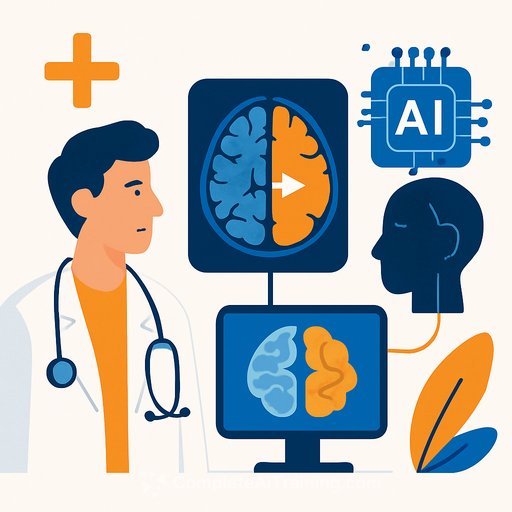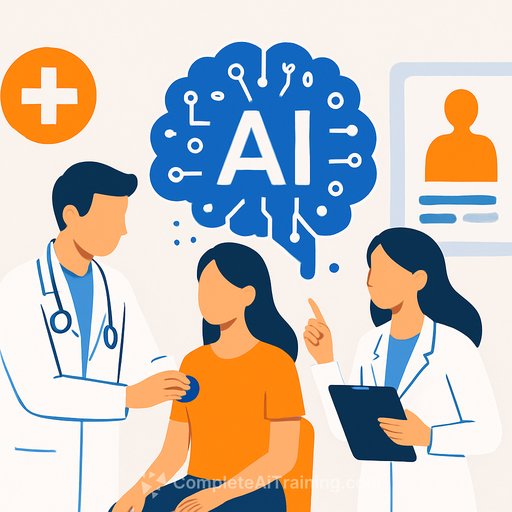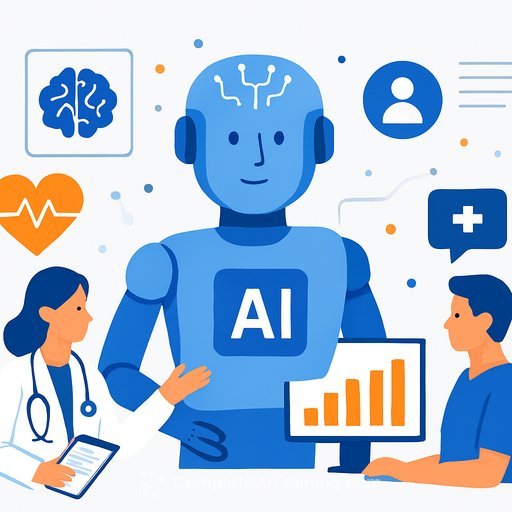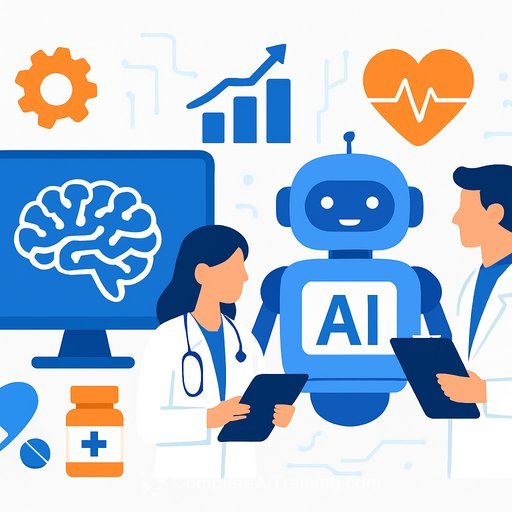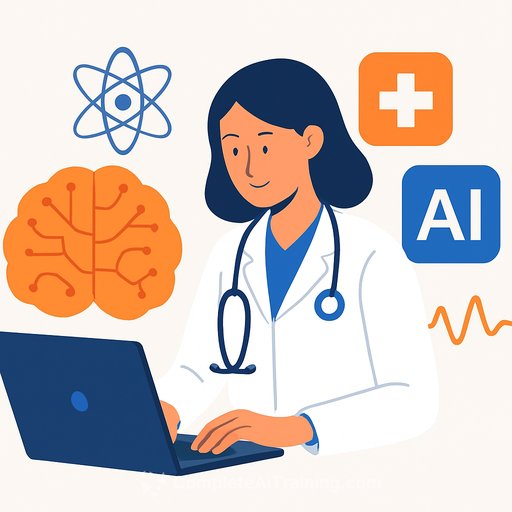GenSeg: Generative AI Transforms Medical Image Segmentation in Ultra Low-Data Regimes
Medical image segmentation plays a critical role in healthcare AI, supporting essential tasks such as disease detection, monitoring progression, and customizing treatment plans. Fields like dermatology, radiology, and cardiology require precise segmentation that labels every pixel in an image. However, acquiring large, expertly annotated datasets remains a major challenge.
Creating pixel-level annotations demands time and expertise from specialists, making it costly and slow. Real-world clinical environments often face “ultra low-data regimes,” where there are too few labeled images to train reliable deep learning models. This scarcity causes AI models to perform well on training data but struggle to generalize across new patients, different imaging devices, or other hospitals—a problem known as overfitting.
Conventional Approaches and Their Shortcomings
- Data augmentation: Expands datasets by transforming existing images (rotations, flips, translations) to boost model robustness.
- Semi-supervised learning: Utilizes large volumes of unlabeled images to improve segmentation without full annotations.
Both methods have limitations. Data augmentation is disconnected from the segmentation model’s needs, often producing synthetic data that doesn’t optimally improve performance. Semi-supervised learning depends on access to large pools of unlabeled data, which is hard to obtain due to privacy concerns, ethical restrictions, and logistical issues in healthcare.
Introducing GenSeg: Generative AI Built for Medical Image Segmentation
Researchers from UC San Diego, UC Berkeley, Stanford, and the Weizmann Institute developed GenSeg, a generative AI framework targeting medical image segmentation in low-label scenarios.
Key Features of GenSeg
- End-to-end generative system producing realistic synthetic image-mask pairs.
- Multi-Level Optimization (MLO): Integrates segmentation feedback directly into synthetic data generation, ensuring each synthetic example improves model accuracy.
- Eliminates the need for large unlabeled datasets, avoiding privacy and data accessibility issues.
- Model-agnostic—compatible with popular architectures like UNet, DeepLab, and Transformer-based models.
How GenSeg Works: Optimizing Synthetic Data for Better Segmentation
GenSeg follows a targeted, three-step optimization process rather than generating synthetic data blindly:
- Synthetic Mask-Augmented Image Generation: Starting with a small set of expert-labeled masks, it applies augmentations and uses a GAN to produce paired synthetic images and masks.
- Segmentation Model Training: Combines real and synthetic data to train the segmentation model, evaluating performance on a separate validation set.
- Performance-Driven Data Generation: Uses feedback from real-data segmentation accuracy to refine the synthetic data generator continuously.
Empirical Results: GenSeg Sets New Benchmarks
GenSeg was tested on 11 segmentation tasks covering 19 diverse medical imaging datasets. It included applications on skin lesions, lungs, breast cancer, foot ulcers, and polyps. Key outcomes:
- High accuracy achieved with as few as 9-50 labeled images per task.
- 10–20% absolute improvement over traditional data augmentation and semi-supervised methods.
- Requires 8–20 times less labeled data to match or surpass conventional performance.
- Strong generalization to new hospitals, imaging devices, and patient groups.
Why GenSeg Matters for Healthcare AI
GenSeg addresses the main bottleneck in medical AI: limited labeled data. Its ability to generate task-optimized synthetic data reduces annotation time and costs while improving model reliability and generalization—key concerns for clinical use.
This approach can accelerate AI development for rare diseases, underserved populations, and new imaging modalities. It supports hospitals, clinics, and researchers in building better medical AI with fewer resources.
Conclusion: High-Quality Medical AI in Low-Data Settings
GenSeg advances medical image analysis by linking synthetic data creation directly with real-world model performance. It delivers accuracy, efficiency, and adaptability without relying on large, sensitive datasets.
For healthcare AI developers and clinicians working in data-limited environments, incorporating GenSeg can expand the reach and impact of deep learning tools.
To explore more about AI applications in healthcare and improve your skills, visit Complete AI Training’s healthcare AI courses.
Your membership also unlocks:

